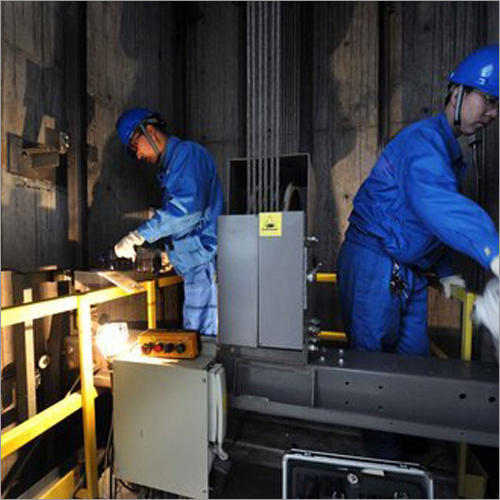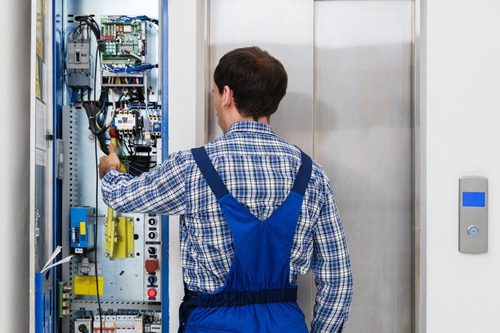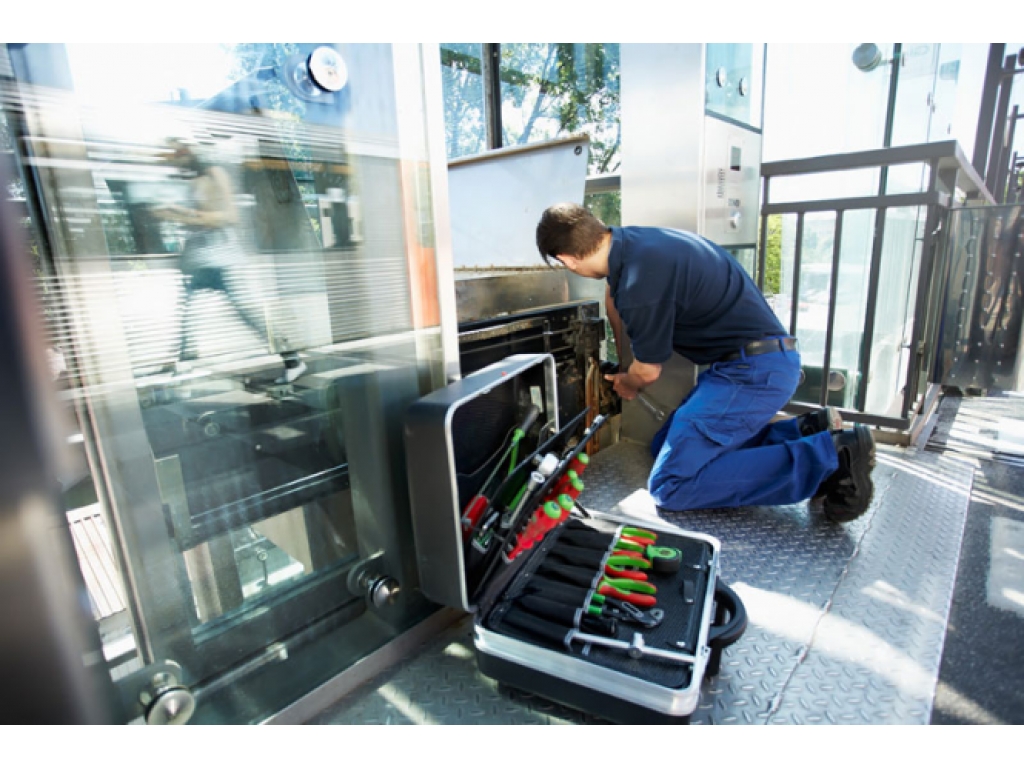Comprehensive Overview to Lift Repair Companies Near Me for Efficient Lift Maintenance
Comprehensive Overview to Lift Repair Companies Near Me for Efficient Lift Maintenance
Blog Article
Comprehensive Overview to Lift Systems and Their Upkeep
Navigating the intricate world of elevator systems and their upkeep is a job that demands precision and knowledge. From the numerous types of elevator systems in usage to the precise adherence to safety and security laws, the upkeep of these upright transport tools is a complex endeavor.
Types of Elevator Systems
Elevator systems come in numerous types, each designed to fit specific structure requirements and customer demands. The most typical types consist of hydraulic elevators, traction elevators, machine-room-less elevators, and vacuum cleaner lifts. Hydraulic lifts are optimal for low-rise structures and use a hydraulic piston to relocate the lift car. Grip elevators, on the various other hand, are much more suited for skyscrapers and use steel ropes and weights to relocate the automobile. Machine-room-less lifts are a space-saving option as they do not need a different machine room for the elevator equipment. Vacuum lifts, a more contemporary technology, usage air pressure differentials to relocate the automobile within a transparent tube.
Each type of elevator system has its very own benefits and disadvantages, making it vital for building proprietors and programmers to carefully consider their particular needs prior to picking one of the most ideal alternative. Aspects such as constructing height, space accessibility, energy efficiency, and budget restraints all play a substantial role in establishing the ideal lift system for a certain structure.
Common Upkeep Problems
Normal maintenance of elevator systems is important to guarantee smooth procedure and lengthen their life expectancy. Regardless of normal upkeep, elevator systems can still come across typical upkeep problems that require to be immediately resolved to avoid interruptions in solution. Regular examinations and positive upkeep can help determine and resolve these typical upkeep issues before they intensify and affect the overall efficiency of the elevator system.
Safety Laws and Conformity
Complying with rigid security guidelines and guaranteeing conformity with sector criteria are paramount for maintaining the functional stability of lift systems. Elevators are subject to a comprehensive collection of safety and security policies to protect passengers, maintenance workers, and the public. Regulative bodies such as the Occupational Safety And Security and Health And Wellness Management (OSHA) in the United States and the European Lift Organization (ELA) in Europe develop guidelines that cover different aspects of elevator style, installment, procedure, and upkeep.
Compliance with these guidelines is not only a legal demand yet likewise a moral obligation for building owners and lift maintenance companies. Regular evaluations, upkeep checks, and adherence to security protocols outlined in the guidelines are vital to ensure the secure and efficient special info operation of elevator systems.
Ideal Practices for Upkeep

Structure owners must likewise consider investing in innovation upgrades to enhance the efficiency and safety of their elevator systems. By complying with these best methods, elevator systems can run efficiently and securely, providing trusted upright transport for passengers.

Advanced Technologies for Effectiveness
Carrying out advanced technologies in elevator systems can substantially improve operational efficiency and traveler experience. lift maintenance services. One of the key developments in lift modern technology is the intro of destination control systems. These systems permit travelers to input their preferred floor before going into the elevator, which after that guides them to one of the most effective automobile. By optimizing and lessening unnecessary quits traveling courses, location control systems lower wait times and blockage in high-traffic structures.
Furthermore, the assimilation of clever sensing units and predictive maintenance capabilities has actually transformed lift upkeep. These sensing units can find possible concerns before they escalate, making it possible for proactive upkeep treatments and dig this lessening downtime. Additionally, the usage of energy-efficient components and regenerative drives helps in reducing power consumption and operating expense in lift systems.
Furthermore, the application of cloud-based tracking and remote diagnostics permits for real-time tracking of lift efficiency and instant troubleshooting of any malfunctions. This proactive approach not just enhances system integrity yet also enhances the total individual experience by making certain smooth and undisturbed elevator procedures.
Verdict
In conclusion, understanding the different sorts of elevator systems, usual maintenance problems, safety and security guidelines, ideal upkeep practices, and advanced innovations for effectiveness is essential for guaranteeing the smooth operation of lifts. By adhering to safety regulations and applying finest techniques for upkeep, building owners can lengthen the life-span of their elevator systems and make sure the safety and security of passengers. It is necessary to remain upgraded on the current developments in lift technology to enhance efficiency and reliability.
The most common kinds include hydraulic lifts, traction elevators, machine-room-less lifts, and vacuum cleaner lifts. Hydraulic lifts are ideal for low-rise buildings and make use of a hydraulic piston to relocate the lift cars and truck. Machine-room-less elevators are a space-saving alternative as they do not need a different maker room for the lift equipment. Routine evaluations and aggressive maintenance can help determine and resolve these typical upkeep issues before they intensify and affect the general performance of the elevator system.

Report this page